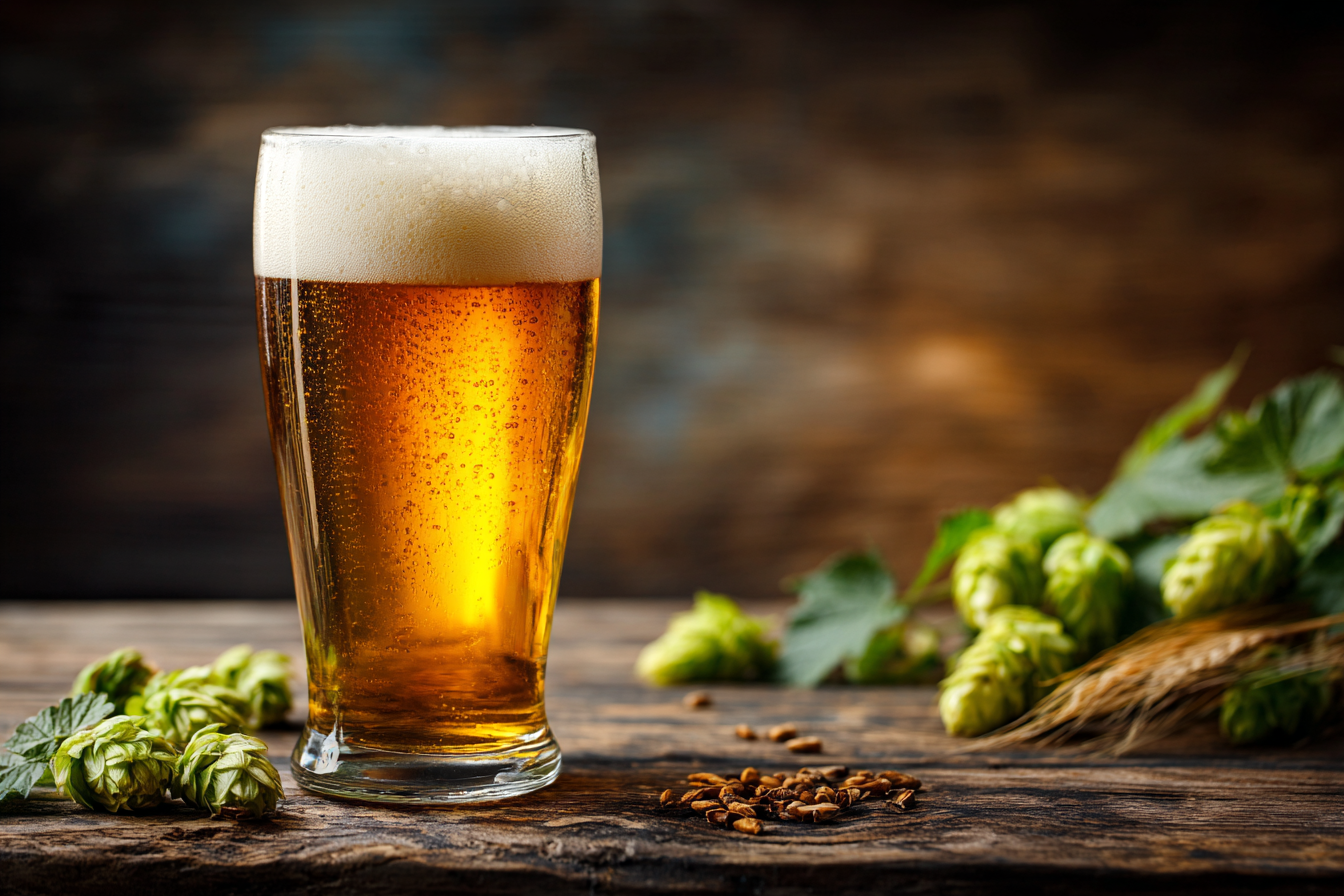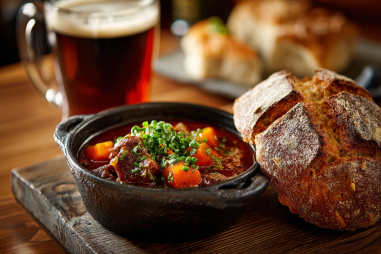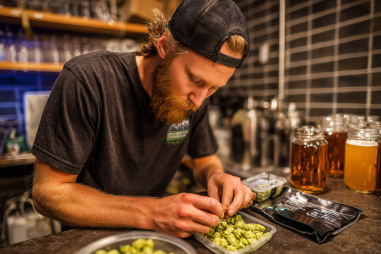When you think of a refreshing beer that pairs well with almost any occasion, pale lager often comes to mind. Its reputation for being crisp, clean, and easy to drink makes it a favorite among beer enthusiasts and casual drinkers alike. But what exactly defines the pale lager flavor profile? What elements come together to create its distinctive taste and aroma? In this article, we’ll dive deep into the key components that shape the character of pale lager, helping you appreciate every sip a little more.
Exploring Flavor Profiles in Beer
Every beer style has a unique flavor profile, which is a combination of aroma, taste, mouthfeel, and aftertaste. These profiles are influenced by various factors such as the ingredients used—malt, hops, yeast, and water—as well as brewing techniques. For beer lovers, understanding flavor profiles helps in choosing the right beer to match their palate or a specific food pairing. Pale lagers, in particular, tend to have a balanced flavor that leans towards subtlety rather than boldness, making them approachable and versatile.
Key Flavor Components of Pale Lager
The pale lager flavor profile is characterized by a delicate interplay between malt sweetness, hop bitterness, and a clean yeast-driven finish. These elements create a brew that is light-bodied, refreshing, and balanced without being overwhelming. Unlike darker beers or more hop-forward styles, pale lagers offer a restrained and clean taste, emphasizing drinkability. Let’s break down these components to understand what makes this style so popular.
Role of Malt Character and Sweetness
Malt serves as the backbone of any beer, providing fermentable sugars and flavor complexity. In pale lagers, the malt profile tends to be mild, highlighting lightly toasted or biscuity notes. Often made with pale malt varieties such as Pilsner malt, the malt character exhibits a subtle sweetness that adds depth without heaviness.
This sweetness is never cloying but acts as a gentle counterbalance to bitterness, contributing to the smooth and easy-drinking nature of pale lagers. It also imparts a light golden hue to the beer, inviting the drinker to expect a clean, refreshing experience. The malt’s role is especially important because it forms the flavor foundation upon which the hops and yeast can build.
Influence of Hop Bitterness and Aroma
While malt provides the sweetness, hops introduce a crucial balancing element—the bitterness. Pale lagers typically feature mild hop bitterness, enough to offset the malt’s sweetness without dominating the palate. Classic hop varieties used in many pale lagers, such as Saaz, Hallertau, or Tettnang, contribute not only to bitterness but to subtle herbal, floral, or spicy aroma notes.
This restrained hop character ensures the beer finishes crisp and clean, rather than lingering bitter or heavy. The aromatic qualities of the hops are usually understated but add complexity and freshness. This gentle hop presence is part of what makes pale lager so widely appealing—it never overwhelms, instead inviting the drinker to savor a balanced and refreshing sip.
Yeast’s Impact on Flavor and Aroma
Yeast plays an often underappreciated role in shaping any beer’s flavor profile. For pale lagers, the yeast strains used are bottom-fermenting lager yeasts, which work at cooler temperatures and ferment slowly. This results in fewer fruity esters and spicy phenols compared to ale yeast strains, lending the beer its characteristic clean and neutral profile.
Because of this subtle yeast character, pale lagers have a crisp and smooth finish without pronounced fruity notes. This cleanliness allows the malt and hop flavors to shine. The yeast also contributes to the beer’s clarity, making pale lagers distinctively bright and inviting in appearance.
Typical Mouthfeel and Carbonation Levels
The mouthfeel of pale lager is light to medium-light, making it highly refreshing and easy to drink. It lacks the creamy or heavy texture found in some other beer styles, which is part of its broad appeal. The smoothness comes from the balanced malt sweetness paired with a moderate body.
Carbonation in pale lagers tends to be higher than in many ales, producing a lively and effervescent sensation on the palate. This bright carbonation enhances the crispness, cleansing the mouth and encouraging another sip. The overall effect is a beer that feels both light and invigorating, perfect for warm weather or casual social settings.
Food Pairings Based on Pale Lager’s Flavor Profile
Pale lagers are extremely versatile when it comes to food pairings. Their clean and balanced flavor profile complements a wide range of dishes without overpowering them. Some ideal pairings include:
- Grilled Chicken or Seafood: The light malt sweetness and refreshing carbonation highlight the delicate flavors of grilled meats and fish.
- Salads and Light Appetizers: The crispness of pale lager cuts through fresh greens and lighter starters, making for a harmonious combination.
- Spicy Foods: The beer’s mild bitterness and carbonation help balance spicy dishes, cooling the palate while complementing bold flavors.
- Burgers and Sausages: Pale lager’s malt backbone complements grilled or smoked meats, bringing out savory elements without overwhelming.
- Snack Foods like Pretzels or Chips: The beer’s refreshing quality pairs perfectly with salty, crunchy snacks for simple yet delicious enjoyment.
What Makes Pale Lager So Widely Loved?
The appeal of pale lager lies in its clean, balanced nature and its universal approachability. Few beer styles offer the perfect blend of mild malt sweetness, gentle hop bitterness, crisp carbonation, and light body that define pale lager. It’s a style that invites both novices and seasoned beer drinkers to enjoy a refreshing, easy-to-understand beer.
Whether you’re relaxing on a sunny afternoon or sharing a beer with friends, pale lagers provide a dependable and satisfying drinking experience. Their subtle complexities might not shout for attention, but their harmony and drinkability keep fans coming back for more.







